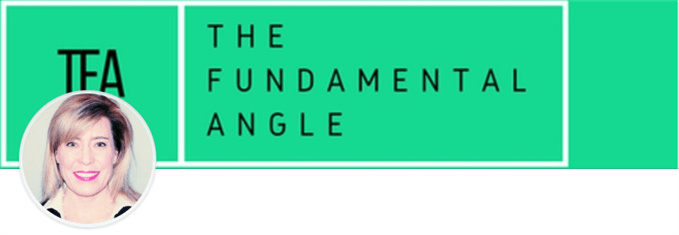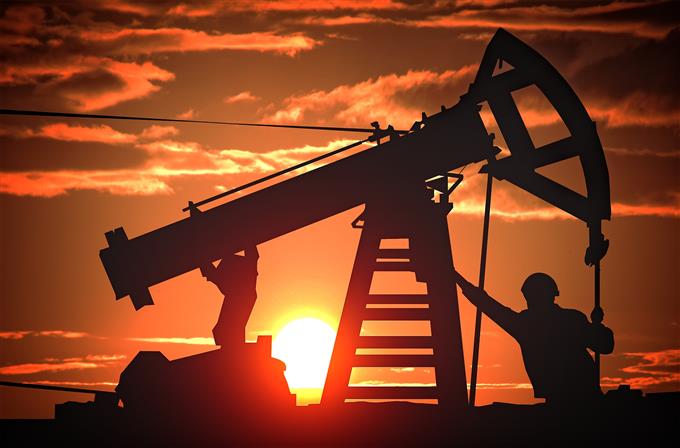[ad_1]
Key Points Discussed in this interview
- How to identify dislocations in crude oil market
- Fundamentals allow traders to discover the true driver of commodity prices
- Facts about crude oil and natural gas that all traders should know
Brynne Kelly is highly respected as one of the top voices in the energy market. With over 25 years of experience and having worked on merchant trading desks of global energy companies including Cargill, Coke Industries and BP, Brynne has developed the ability to identify dislocations in the crude oil and natural gas markets and how to leverage these to your advantage. Brynne now draws on her invaluable experience to provide highly sought-after market analysis and advisory service through a company she co-founded, The Fundamental Angle.
This article presents the highlights of the podcast so be sure to listen to the full interview below.
Listen to the full podcast here:
iTunes:https://itunes.apple.com/us/podcast/trading-global-markets-decoded/id1440995971
How to identify dislocations in crude oil market
TY: When there is this “dislocation” or blow out in spreads, what I find fascinating is the ramifications of this and immediately I recall what happened to Western Canadian Select (WCS) in 2018. When you talk about dislocations in the markets, are you looking at spreads or is there something else that you use to identify a dislocation?
BK: When you look at the discount of Canadian crude oil vs crude in the Gulf Coast in the US and it continues to get wider. This is because the US is producing more of its own and it can be seen as a matter of pipeline capacity. Whenever a spread blows out like that it’s either pricing in the scarcity of pipeline (transportation) capacity or pricing in some regional demand or dynamic.
Looking back at WCS vs Western Texas Intermediate (WTI) spreads, all of the conventional pipeline space has been full for years and so the necessary means of transportation becomes rail which is relatively scarce and more expensive, and this is reflected in the spread. The spread reflects the reality that there is more production in Canada than they have take-away pipeline capacity.
For more information on crude oil trading, read: Core Fundamentals of Oil Trading guide
Fundamentals allow traders to discover the true driver of commodity prices
TY:Despite the advancements in technology, massive lead times and transportation challenges still exist in the commodities market. Could you please elaborate on this and how it affects Brent Crude Oil and nat gas trading?
BK:Nat gas for the most part is a $2 to $3 dollars, lagging commodity, then all of a sudden, in New York, when it starts to get cold in the winter, you see New York and Boston cash prices for gas run up to $20, $30, $50 or even $100 on a given day. This is due to insufficient pipeline capacity and pushback from environmentalists when it comes to building the infrastructure.
The irony in all of this is that in the winter we have to import nat gas to meet the shortfall when in reality, there is a large supply of shale in neighboring Pennsylvania and Ohio. Ultimately, consumers land up having to absorb the inflated price of importing nat gas from abroad when it is right in our back yard, so to speak.
The higher price of gas is therefore, is not an indication of bullish sentiment but rather, is the result of insufficient pipeline capacity which is often misinterpreted by quick media headlines as a bullish move.
Facts about crude oil and natural gas that all traders should know
TY:I know from personal trading experience that crude oil and nat gas are fundamentally different. How would you describe the fundamental differences between nat gas and crude from either a trading perspective or from a fundamental point of view?
Brynne Kelly:
Crude Oil: Crude is more continuous in that it is easier to transport as a commodity. You can store a barrel today and use it next year for example. Crude is easier to wrap your mind around.
Natural gas: Nat gas has two distinct seasons with two with two utility profiles. You technically cannot store winter gas into the summer. You can put gas into the ground in the summer and take it out in the winter. Therefore, summer gas can become winter gas but winter gas cannot become summer gas. The practical aspect of this is that if someone had to produce nat gas and there was no demand for it, the price would go to zero. It’s that volatile.
Traders just starting out will probably find it easier to cut their teeth on crude oil because it isn’t as complex, to a degree.
Keep up to date with the latest from Brynne Kelly
Be sure to check out Brynne’s website: www.thefundamentalangle.com
You can follow Brynne on the following platforms:
Twitter: @BrynneKKelly (Brynne is a frequent contributor to the #natgas and #crudeoil discussions)
LinkedIn: https://www.linkedin.com/in/brynne-kelly-86ab8b1b/
Additional Resources
If you found this article useful, you should follow our weekly podcasts. Whether you are looking for market analysis, trading education or interviews with well-known industry professionals, we have you covered.
Follow our podcasts on a platform that suits you:
iTunes:https://itunes.apple.com/us/podcast/trading-global-markets-decoded/id1440995971
Stitcher:https://www.stitcher.com/podcast/trading-global-markets-decoded-with-dailyfx
Soundcloud:https://soundcloud.com/user-943631370
Google Play:https://play.google.com/music/listen?u=0
[ad_2]
Source link





